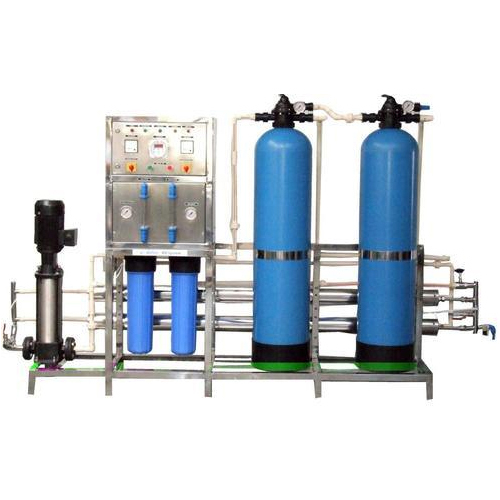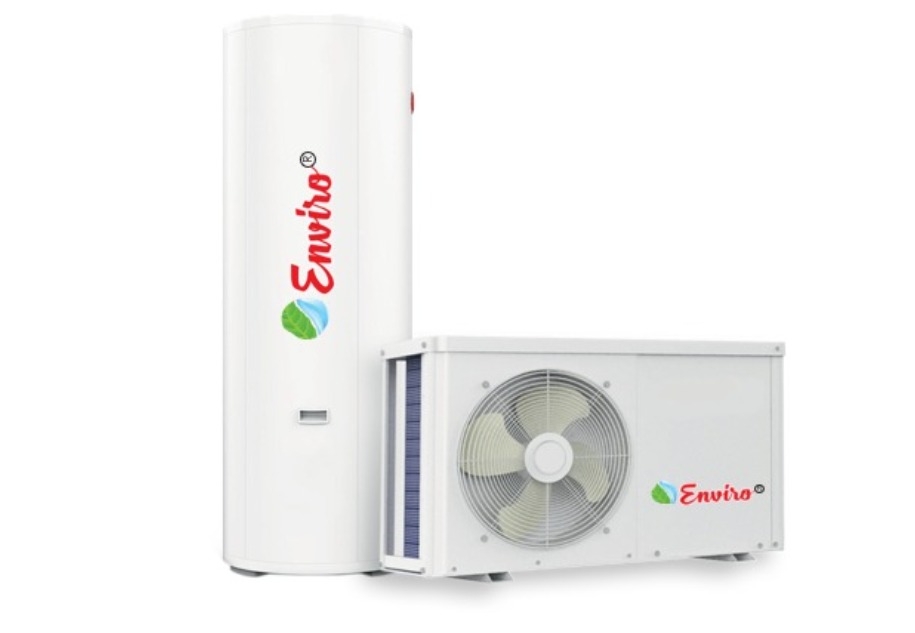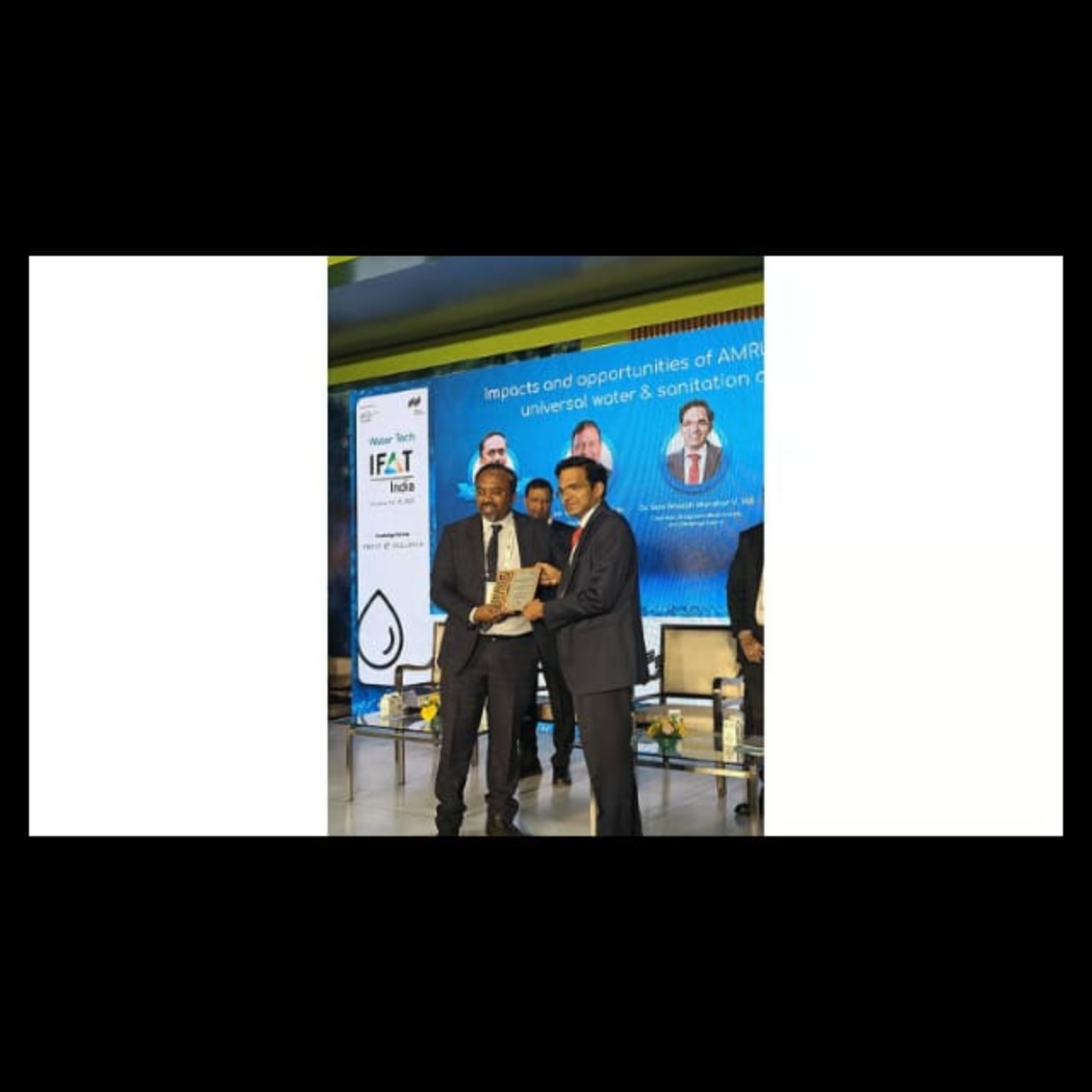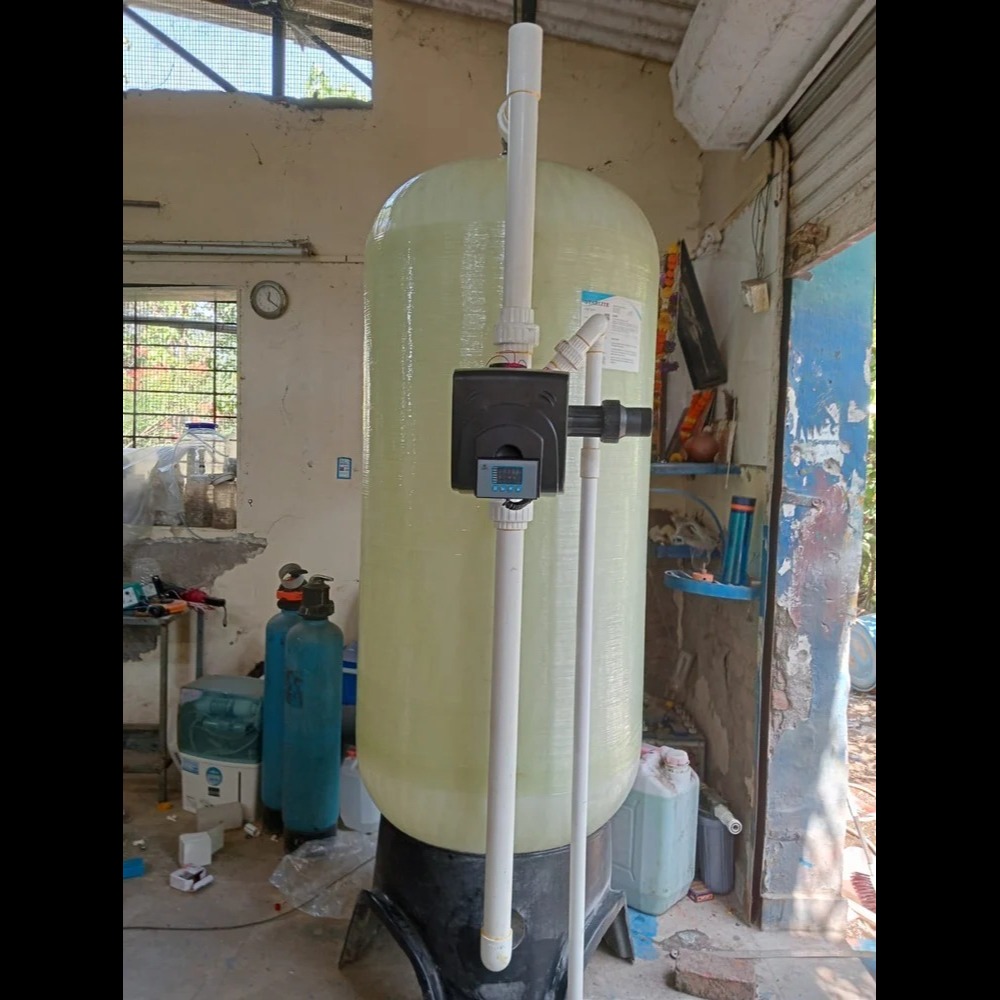
Reverse Osmosis Plants/RO Plants
Reverse osmosis is the action of forcing a solvent from a region of high solid concentration through a membrane to a around of low solute concentration by applying a compulsion in excess of the osmotic pressure. This is the reverse of the normal osmosis operation, which is the natural development of solvent from an area of low solute industry, through a membrane, to an area of high solid industry when no external force is applied. The membrane here is previous, meaning it allows the movement of solvent but not of solute.
The membrane here is semipermeable, meaning it permit the passage of solvent but not of solute. To illustrate, assume a semi permeable membrane with fresh water on one verge and a concentrated aqueous solution on the other verge. If normal osmosis takes place the fresh water will meet the membrane to dilute the concentrated solution. In reverse osmosis, pressure is apply on the side with the concentrated solution to oppression the water molecules over the membrane to the fresh water side. The membranes used for reverse osmosis systems have a thick polymer barrier layer in which severance takes place. Since Reverse Osmosis does not happen naturally, it must be created by applying pressure to the high solids water in structure to force it through the membrane, with pressures from 8 – 14 bar for fresh and brackish water, and 40 – 70 bar for seawater, which has all over 24 bar (350 psi) natural osmotic pressure which must be control.
How does a Reverse Osmosis/RO Plant work?
A RO Plant or Reverse Osmosis Plant works on the principle of Reverse Osmosis. In RO or Reverse Osmosis melt solids present in water are removed through the procedure of physical separation. The raw water under high pressure is compulsory through a semi-permeable membrane, where contaminants are divide from the water, leaving behind pure water. RO plant also uses pre-filters and post-filters for pre-treatment and post-treatment of adulteration in water.
Importance of Reverse Osmosis/RO Plant
The importance of RO Plants for clear and healthy drinking water is very. Using a RO will be beneficial in the following ways.
• No need to spend more money for getting safe drinking water.
• Its hassle-free installation and gives the riskless of managing any malfunction on your own
• It completely removes the bacteria from the water making it fresh to drink.
Usage of Reverse Osmosis/ RO Plants
A industrial sectors like the food industry, textile, pharmaceuticals, etc wants pure water for their products. The RO Plant separates excess chemicals which can harm humans as well as machines. It help industrial/commercial as well as at domestic.
• filters water at a larger scale.
• keep water TDS as per regulations.
• Help out in the removal of chemicals dissolved in water.
• Lower the chances of waterborne disease.
• Improve the water reusability by purifying wastewater.
Benefits of Reverse Osmosis Plant/ RO Plants
Some of the benefits of RO Water Plant are followed below -
• A RO Plant separates contaminants that can cause water-related disease.
• A RO Plant involves the essential minerals absent in water.
• A RO Plant Produce safe drinking water.
• It also sweetness the taste and improves the smell of the water.
• Removes chemicals and separates heavy metals.
Conclusion
RO Plants are an successful and reliable solution for the need of high-quality purified water. These RO Plants can be used for a huge range of commercial as well as industrial request. Commercial RO plant is cost-effective and with correct maintenance, they can give reliable and structured water purification for many years.
If you want to buy high-quality and cost effective Commercial or Industrial RO Plants at the best price then avail the best offer now and buy them from www.envirowsu.com
Keywords
need
area
clear
place
smell
taste
money
Usage
action
region
humans
solvent
removal
control
chances
textile
passage
bacteria
domestic
machines
movement
seawater
Benefits
products
one verge
treatment
raw water
water TDS
envirowsu
membranes
severance
pressures
principle
procedure
many years
successful
best price
best offer
pure water
wastewater
Importance
8 – 14 bar
A RO Plant
compulsion
Conclusion
huge range
40 – 70 bar
pre-filters
regulations
malfunction
other verge
heavy metals
post-filters
The RO Plant
larger scale
contaminants
adulteration
high pressure
food industry
RO Water Plant
brackish water
external force
following ways
water molecules
pharmaceuticals
These RO Plants
excess chemicals
fresh water side
reliable solution
high solids water
water reusability
essential minerals
waterborne disease
industrial request
industrial sectors
correct maintenance
physical separation
natural development
low solute industry
Commercial RO plant
safe drinking water
high solid industry
Industrial RO Plants
concentrated solution
water-related disease
healthy drinking water
semi permeable membrane
reverse osmosis systems
high solid concentration
Reverse Osmosis/RO Plant
low solute concentration
normal osmosis operation
cost effective Commercial
Reverse Osmosis/ RO Plants
high-quality purified water
Reverse Osmosis melt solids
thick polymer barrier layer
concentrated aqueous solution
structured water purification
Reverse Osmosis Plants/RO Plants
24 bar (350 psi) natural osmotic pressure



